Grain Belt Express has kept Staff apprised of the updates that are the subject of this Motion, including as recently as March 1, 2023.
How will the Amended Financing Requirement protect landowners?
The Amended Financing Requirement will prevent any possibility that Grain Belt Express begins construction of the Project and installs structures on easements but later abandons them because of insufficient funds to complete the Project.
When the KCC approved GBE way back in 2013, it placed several conditions on its approval. Since then, Invenergy has systematically demolished the conditions that were designed to protect the citizens of Kansas. First, the KCC removed the sunset condition that required GBE to exercise its permit by a certain date or reapply. This put landowners into a never-ending limbo of not knowing what could happen to their property in the future. It also may have locked some into compensation at yesterday's low real estate prices for easements that haven't actually been paid for yet. It's like someone agreeing to buy your property in 1980 at 1980 prices, but not bothering to actually pay you for it until 2020. We can all agree that allowing the permit to exist in perpetuity does not protect landowners, but yet the KCC lapdogs barked their approval.
Now it's the financing condition. The original permit contained a condition that GBE have sufficient financing for the entirety of the project before beginning construction. But now GBE wants to split the project into two phases and only provide proof of financing for part of the project. Of course, this does not meet the condition so Invenergy has proposed throwing that out the window.
But, maybe the worst part of this is the lies by omission the GBE witness perpetrates in his testimony. In Sane's testimony says that all the reasons KCC approved GBE are "still valid." How would he know? He's an investment banker, not a transmission engineer. This is his first electric transmission rodeo. He knows less than you do about transmission. But maybe not less than the KCC lapdogs.
In Sane's testimony, he says that the earliest the project could begin construction is the end of 2024. He pretends that's due to more work needing to be done on engineering, component acquisition, land acquisition, road crossing agreements, and "environmental permitting." What's that, exactly? He doesn't actually say... like it's not important why GBE is going through environmental permitting at this point, and why it can't begin construction until late 2024. I bet YOU know why, but do the KCC lapdogs??
How about this whopper?
Constructing the Project in two phases is in the public interest of Kansas because it will allow the benefits of Phase I to accrue much earlier than would otherwise be possible. The regulatory approval process in Illinois had been subject to extensive delays because of now resolved appeals of the ICC’s 2015 decision to grant a CPCN to Grain Belt Express Clean Line LLC in ICC Docket 15-0277.
And then there's this:
Grain Belt Express will use project financing as previously approved in this Docket. As a reminder, after advancing development and permitting activities to a status at which developers of wind and solar generation facilities and other potential customers of the transmission line are willing to enter into commercial agreements for an undivided interest (purchase or lease) or long-term contracts for transmission capacity on the Project, Grain Belt Express will enter such contracts with interested parties that satisfy necessary creditworthiness requirements. Grain Belt Express will then raise debt capital using the aforementioned contracts as security for the debt. Grain Belt Express may also raise additional equity capital.
In addition to obtaining state regulatory approvals, Grain Belt Express will need to enter contracts for a portion of the transmission capacity on each Phase prior to obtaining full financial commitments for the Project. The exact percentage of capacity that needs to be under contract prior to obtaining full financing commitments for each Phase will depend on the price, counterparty creditworthiness and terms in years of the signed transmission contracts.
Phase I being independently economically viable ensures that Phase I will be completed. Phase I is independently economically viable because, upon completion, it will be operational and capable of delivering power into Missouri. As described above, Phase I will be capable of delivering power into Missouri via its interconnections with the MISO system along the Ameren 345 kV AC transmission line connecting the McCredie substation and the Montgomery substation and with the AECI system at the McCredie 345 kV substation. Not only do these circumstances ensure that Phase I will be completed, they also ensure that Phase I by itself will allow large amounts of renewable energy to be built in southwest Kansas and to access the MISO markets and AECI system and compete to serve customer load without impacting Kansas ratepayers.
And that trail of awkward claims leads to perhaps the biggest omission in this whole thing.
Where's the information about the unsecured multi-billion dollar loan from the U.S. Department of Energy? Although the DOE has already determined that GBE "qualifies" for this loan even though it doesn't have enough customers to repay the loan (cough*Solyndra*cough), DOE has started an Environmental Impact Statement that won't be complete until at least the end of 2024. That seems to be missing from this filing entirely. Don't tell me it wasn't in Sane's testimony because he "forgot." It was omitted for a reason.
Proof of financing without proof of customers means exactly what the KCC's conditions were trying to prevent... a half-finished project that never becomes operational. If the U.S. DOE gives GBE billions of dollars to build, but GBE never does find any customers, then the line will never be operational. GBE could abandon the project at any time and walk away from the whole mess.
If KCC thinks removing the financing condition "protects" Kansans, it has another think coming. Removing this condition actually increases the risk that GBE will be abandoned as a half-finished mess. Perhaps the KCC needs to think of new conditions that actually protect Kansans, like requiring GBE to have customers for its entire 2500 MW offering in Missouri for Phase I, and customers for the entire 5000 MW offering for Phase II. Only paying customers can assure GBE will become operational.
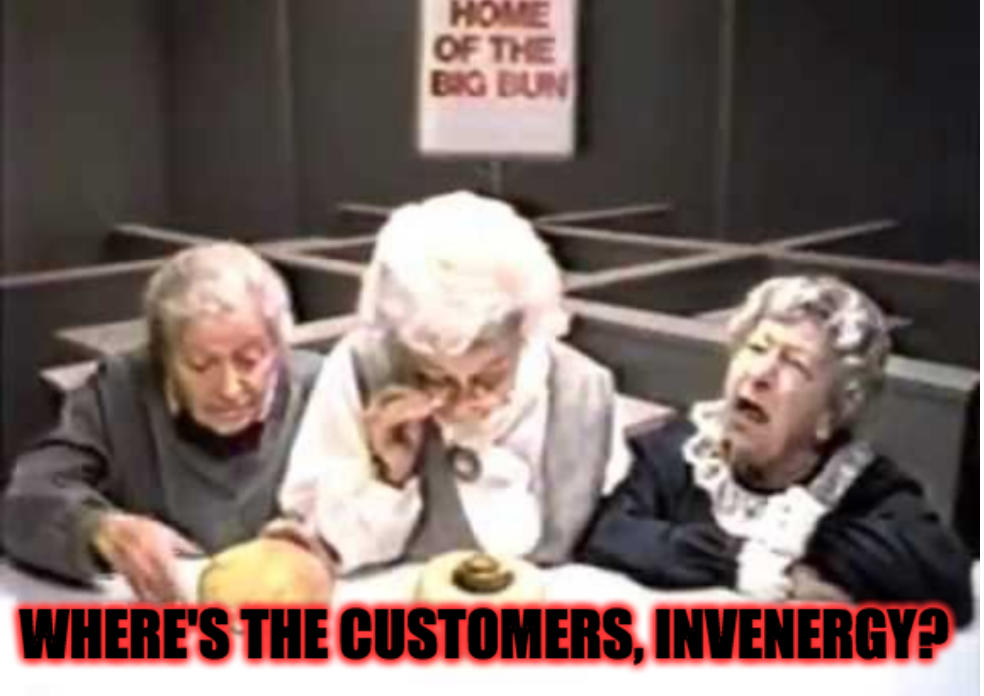
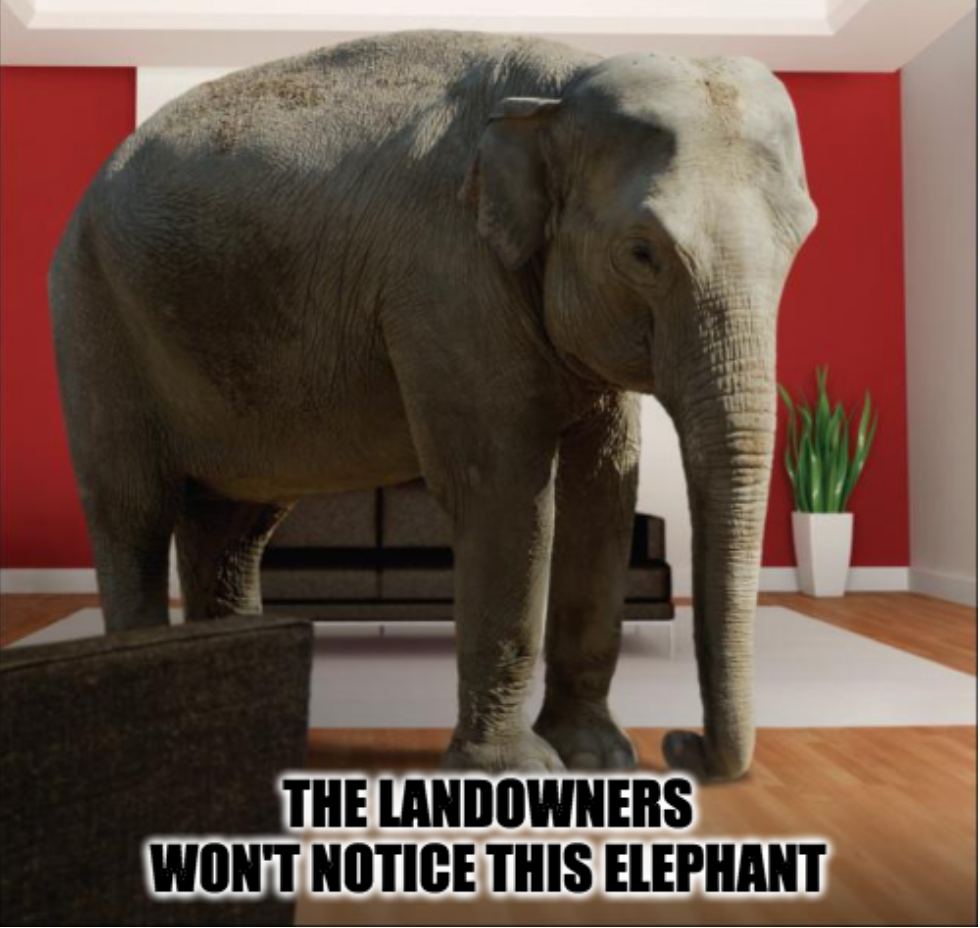

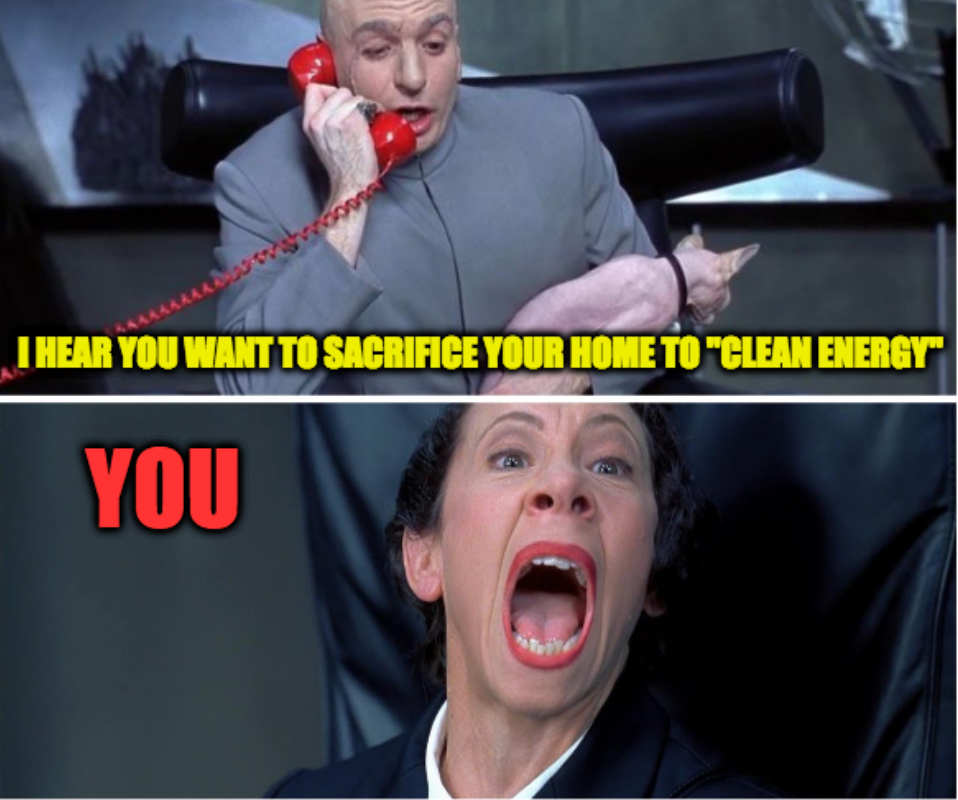
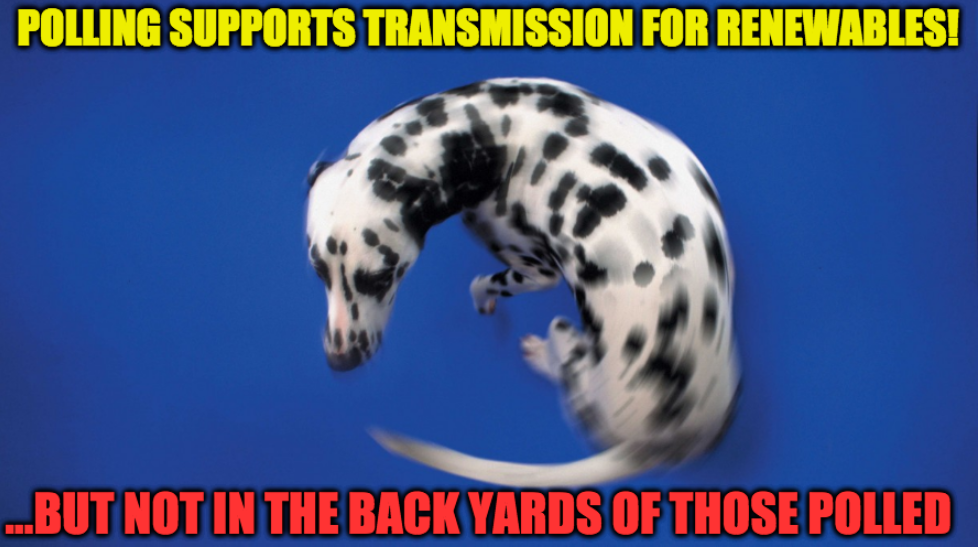
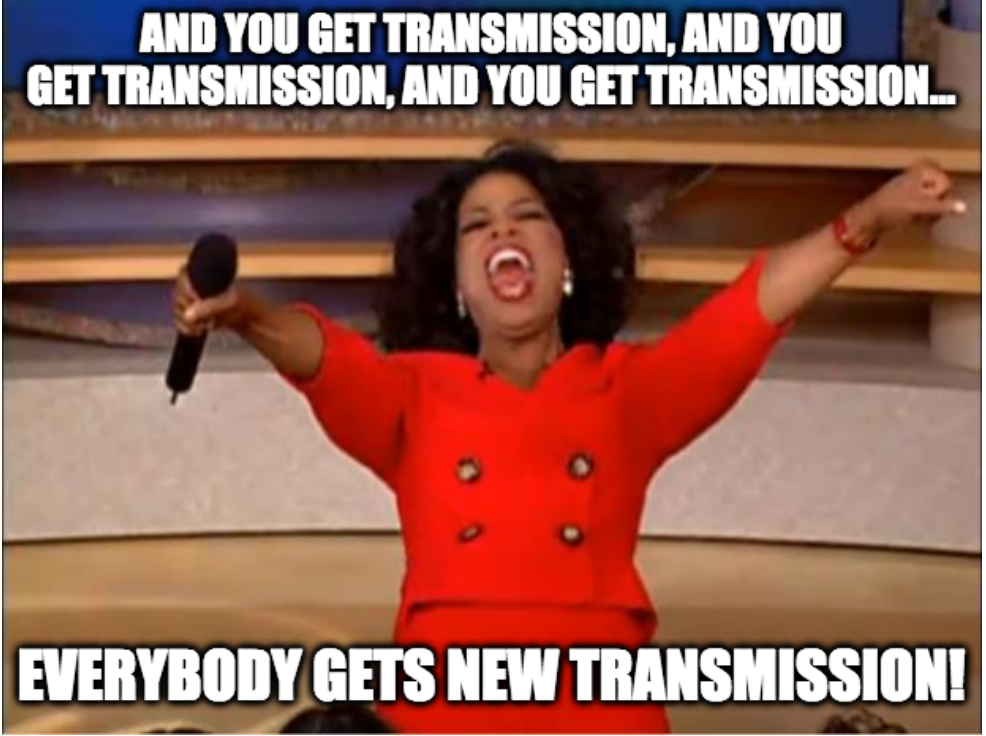
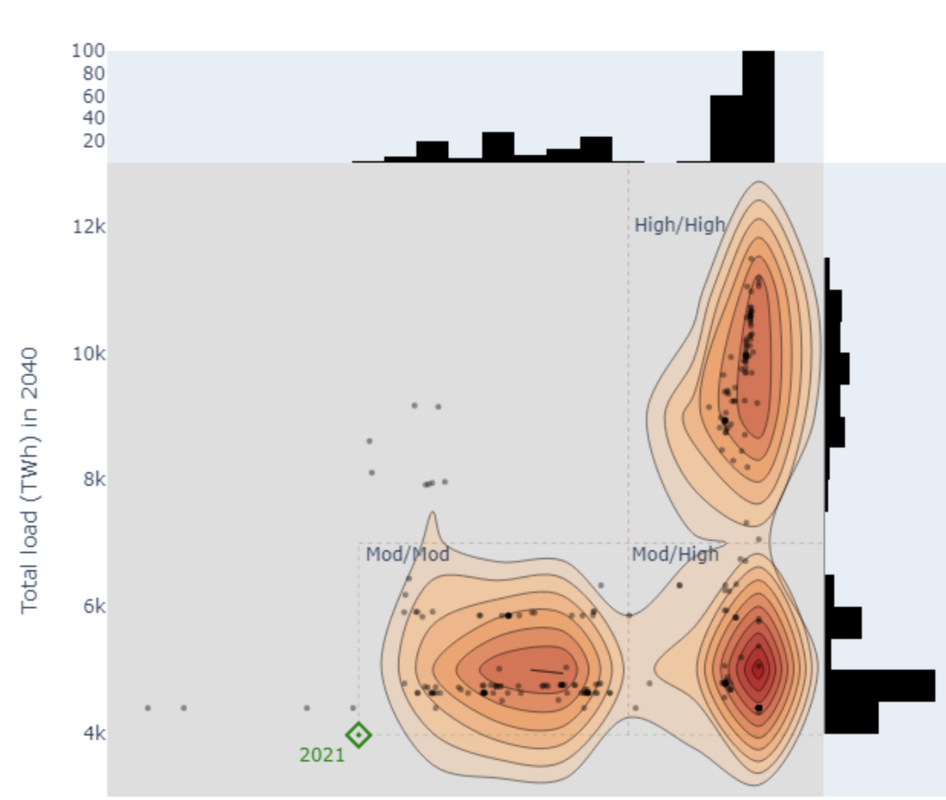
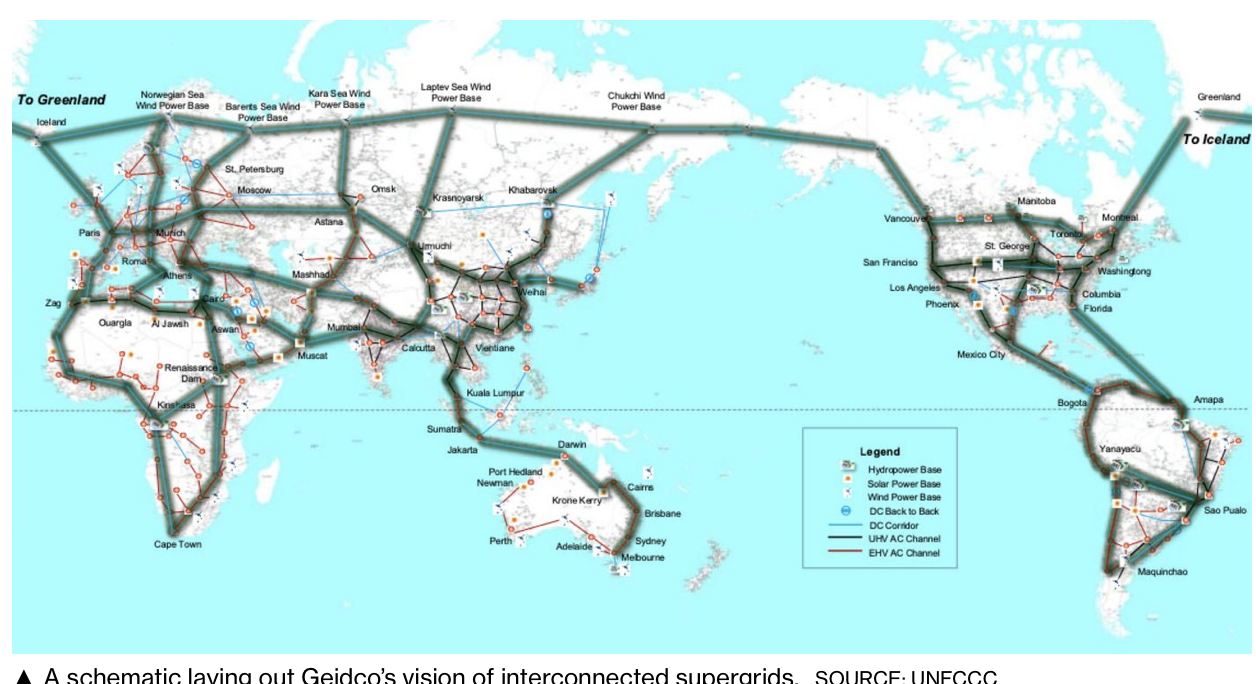
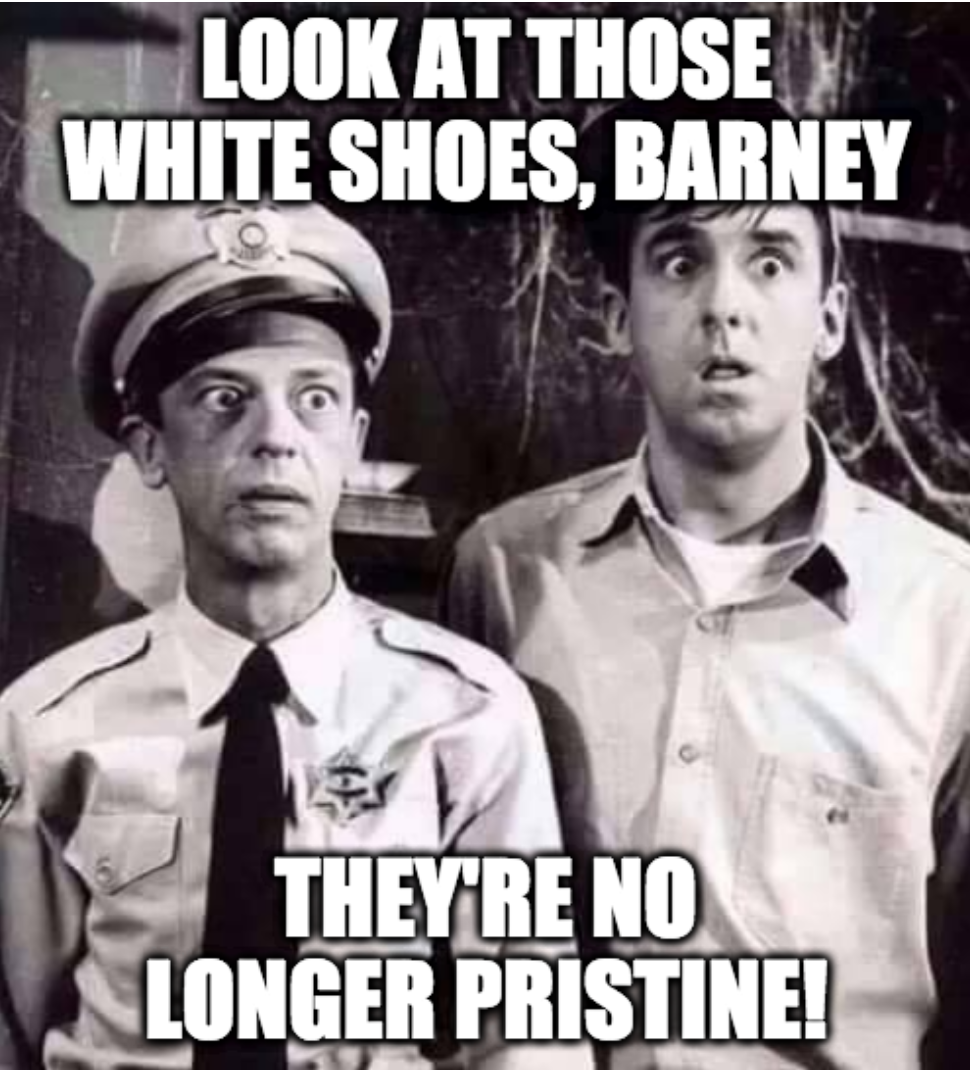
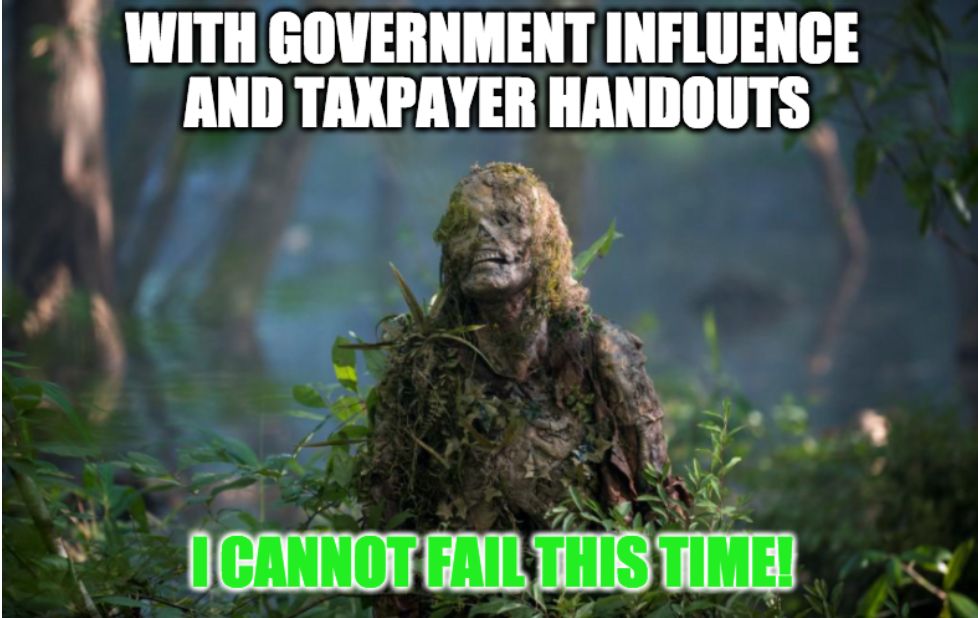
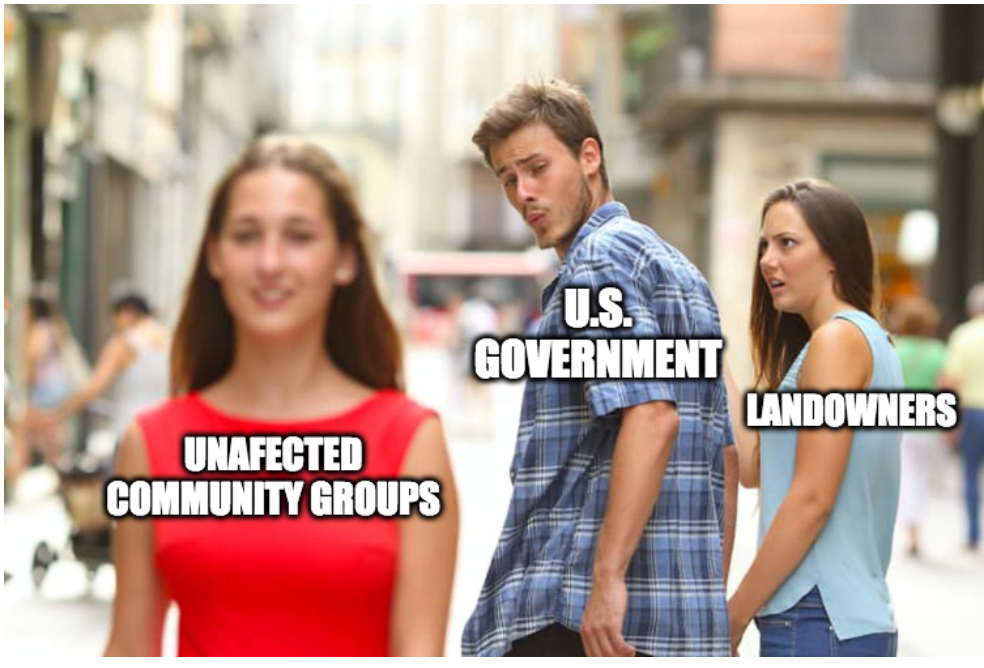
 RSS Feed
RSS Feed